The myth connects the origin of the city to Hercules. But it was the Osci, who settled on that stretch of coast of the wide gulf in the eighth century BC, who fixed the name of Stabia in an inscription for the first time.
And it was always them who in the following century also populated the high ground with fertile land rich in springs, destined to take the name of Varano. So close to the sea as to be a particularly favorable place for trade and exchanges with other populations. And in fact, later, an emporionwas active there, controlled by the Greeks of nearby Sorrento.
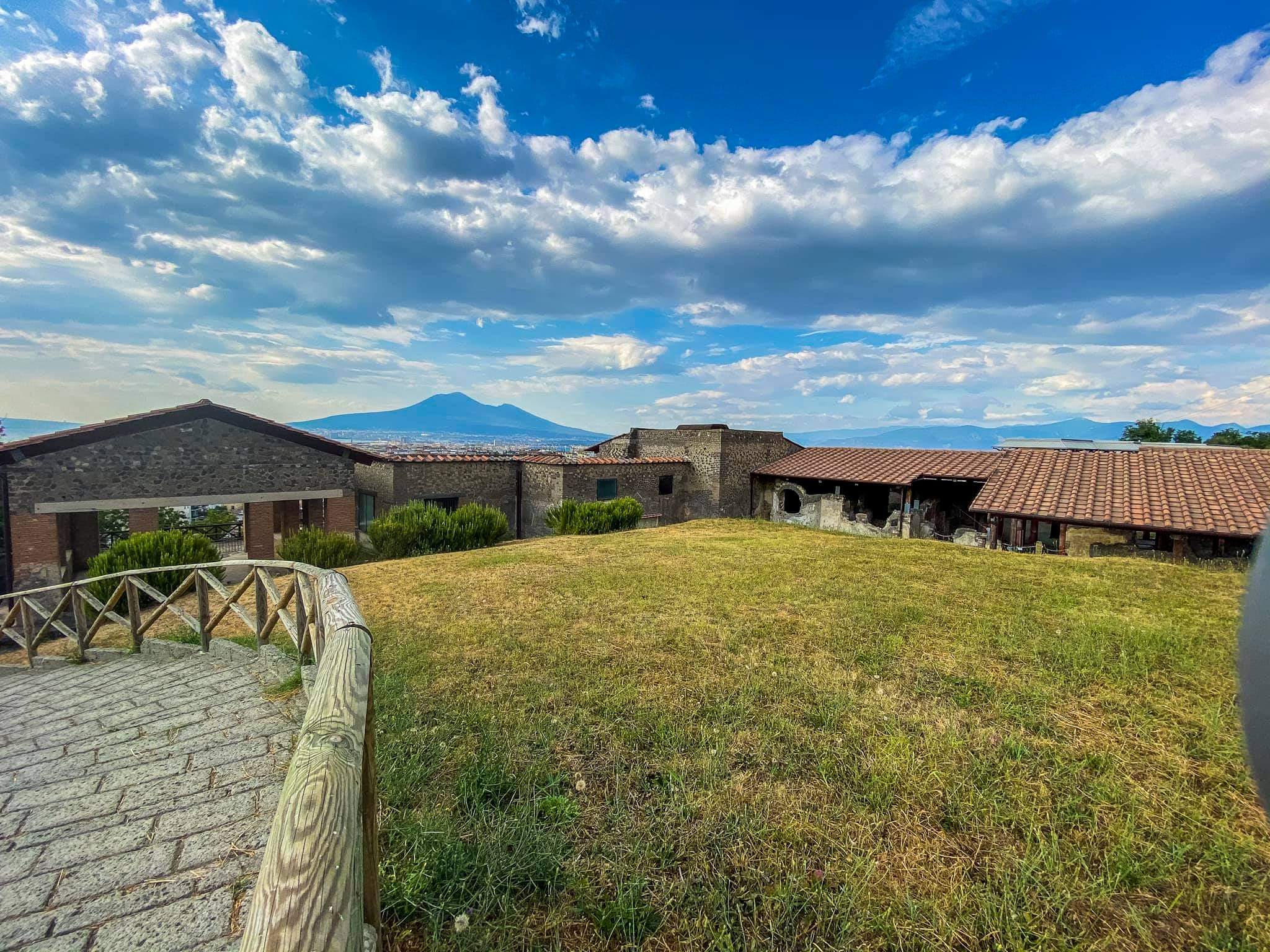 The Greeks were then replaced by the Etruscans: two inscriptions in the Tyrrhenian language and other objects testify to the new phase of growth of a fortified village, an important landing place and junction of the roads to Sorrento and Nuceria Alfaterna
The Greeks were then replaced by the Etruscans: two inscriptions in the Tyrrhenian language and other objects testify to the new phase of growth of a fortified village, an important landing place and junction of the roads to Sorrento and Nuceria Alfaterna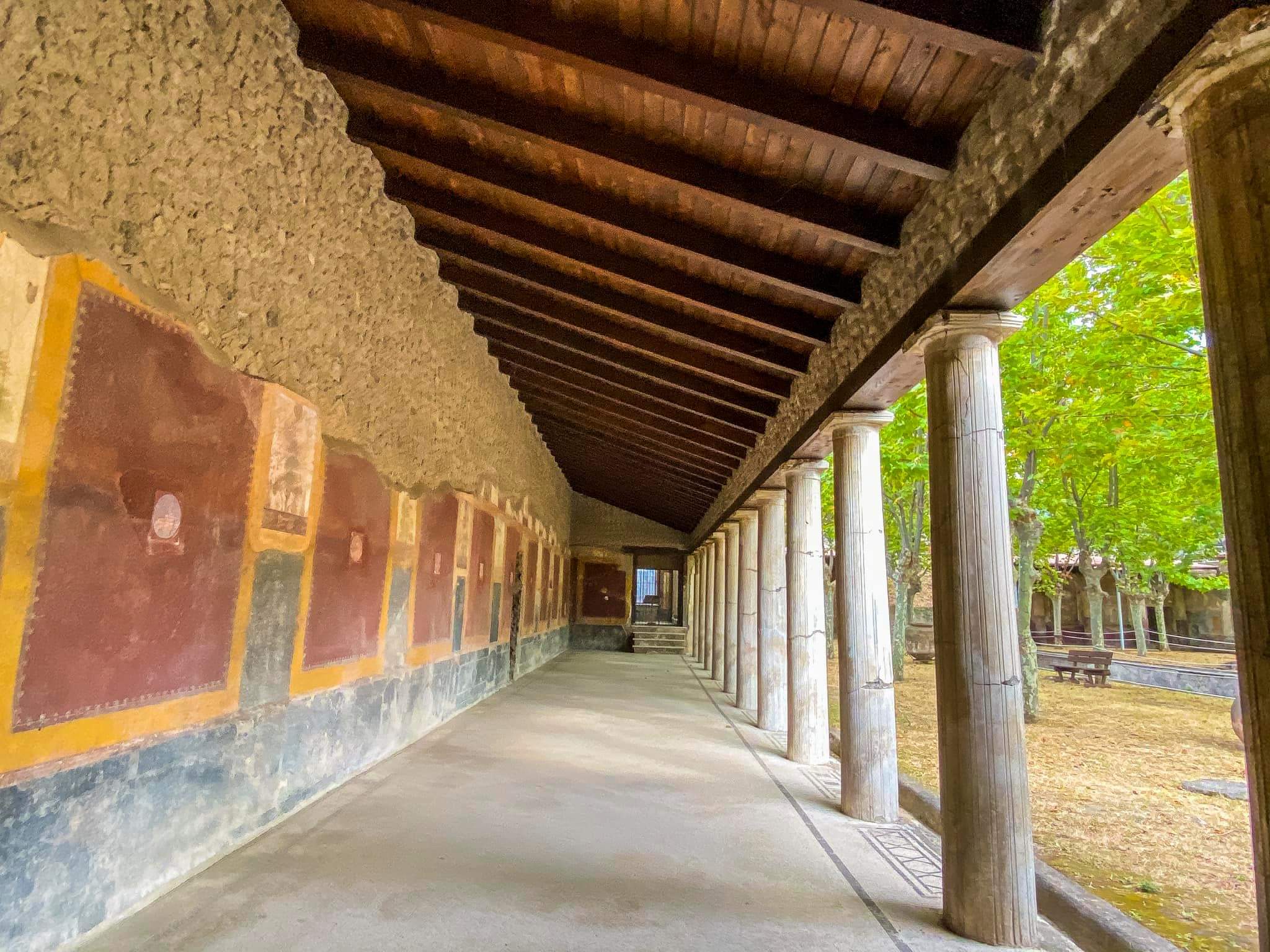 .
.
The succession of influences and cultures was enriched in the 5th century BC with the arrival of the Samnites, who dominated the territory for a long time. After alternating alliances, the fortified citadel of Varano found itself an enemy of the Romans in the social war. A choice paid for at a very high price: on April 30, 89 BC. Silla, now victorious, razed it to the ground, subduing the entire ager stabianus, scattered with small villages of farmers and breeders.
Little by little, Stabia returned to live along the coast and also became a naval station for the fleet stationed at Miseno. And soon the hill of Varano was also rediscovered, on which villas of otium were built for the holidays of patricians and officers of the fleet, while the rustic villas stood in the ager stabianus, where agricultural activities were carried out.
Life flowed peacefully when in 62 AD. the city was hit by a violent earthquake, to which others followed: the announcement of the eruption of 79 AD. Contrary to Pompeii and Herculaneum, the fall of pyroclastic materials in Stabiae occurred more slowly and this allowed many (but Pliny the Elder died on the beach) to save themselves.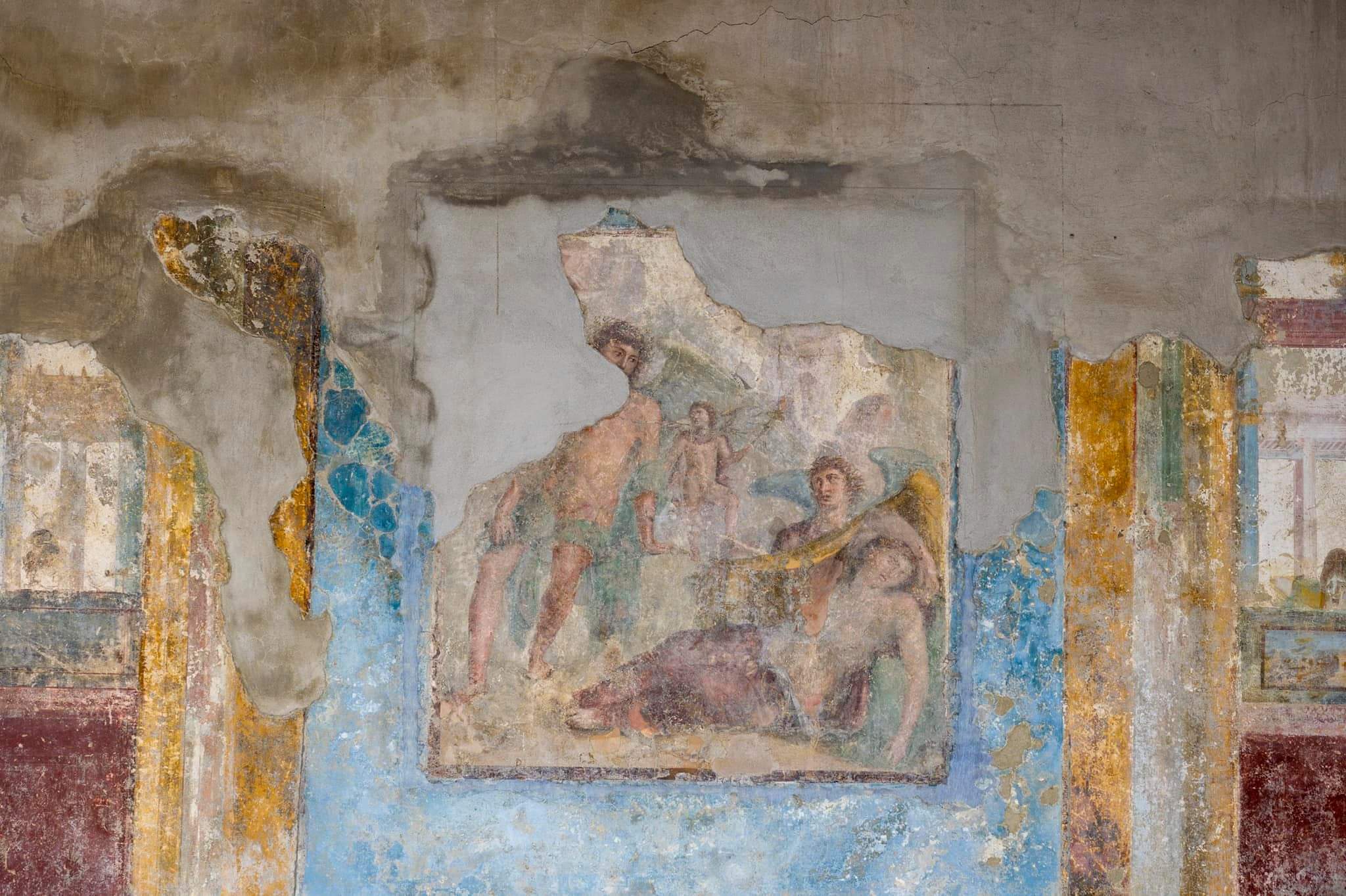
However, two and a half meters of ashes and lapilli covered everything. Nonetheless, Stabia ten years later had already returned to life with its port in the service of Nuceria. Vesuvius then inflicted another very hard blow in 605. The documents that still bear the name of Stabia date back to the end of the 10th century, while in 1086, for the first time reference was made to the Castrum ad mare and since then the toponym Castello a marehas prevailed, while oblivion fell on ancient Stabia.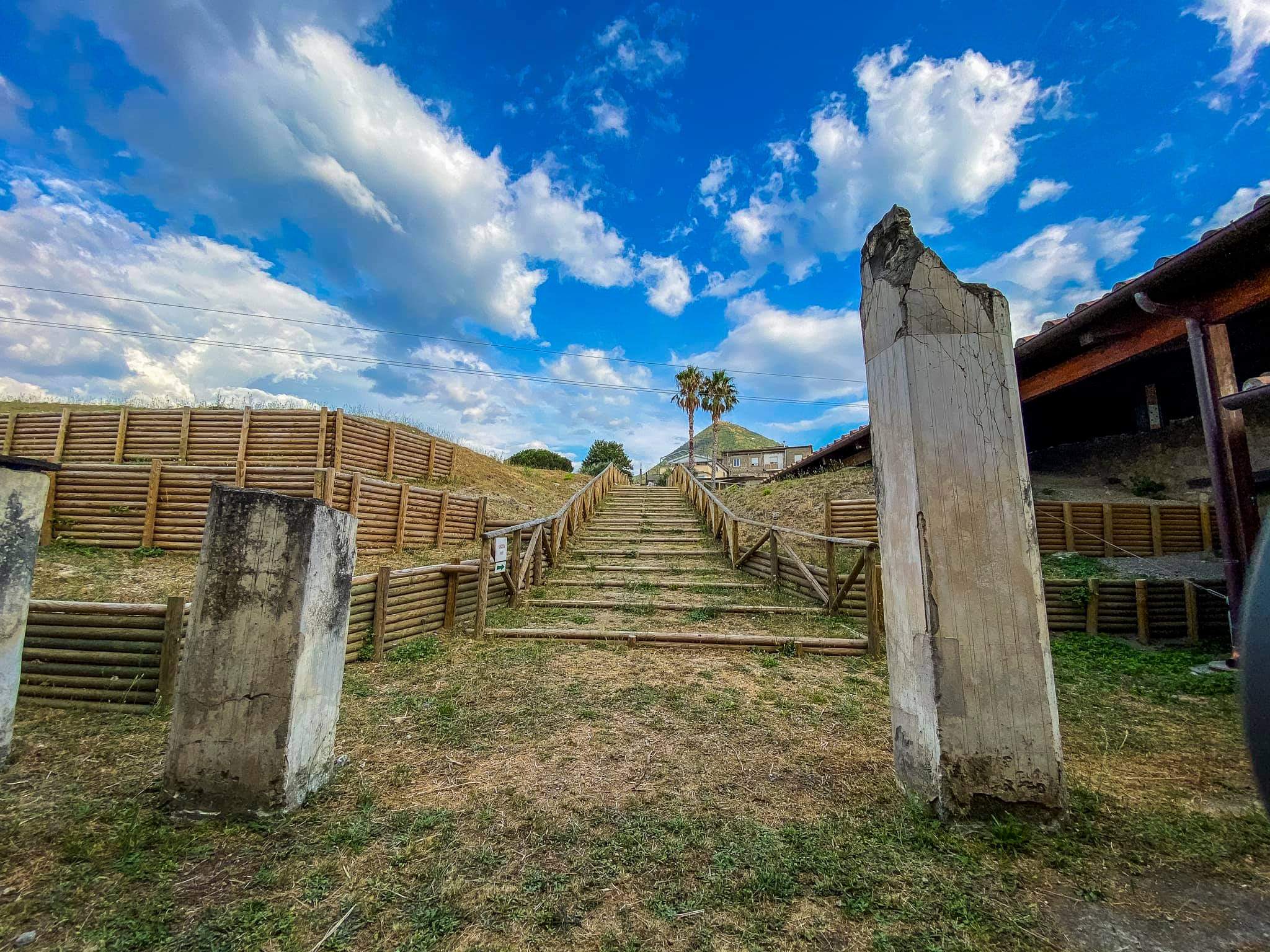
That name came back to evoke him by King Charles of Bourbon in 1748, when, increasingly passionate about the new palace of Portici and archaeological research in the sites swallowed by the eruption of Vesuvius, he gave orders to also search for the ancient Stabiae. The task was entrusted to the most expert man, who had already explored part of the buried Herculaneum, the Spanish archaeologist Roque Joaquìnd'Alcubierre, assisted by the Swiss engineer Karl Jakob Weber. The new archaeological investigation began on 7 June 1749 at the Civita hill, north of the Sarno, taking its cue from the famous Tabula Peutingeriana. They found what they were looking for, but it was not Stabiae, but Pompeii, as it would be irrefutably ascertained only in 1763.
Other searches were also made on the Varano hill and there they almost immediately discovered the building known today as Villa San Marcoand, in succession, the villa of Anteros and Heraclo, then the villa del Pastore in 1754, Villa Arianna in 1757 and the " second complex” in 1762. Pompeii having been identified with certainty in 1763, all resources were concentrated there, abandoning the site of Stabia. The finds and the precious frescoes also recovered from the villas which were buried again, were first transferred to the palace of Portici, to enrich the collection of the Herculanense Museum, then, during the French Decade at the beginning of the 19th century, to the Archaeological Museum of Naples.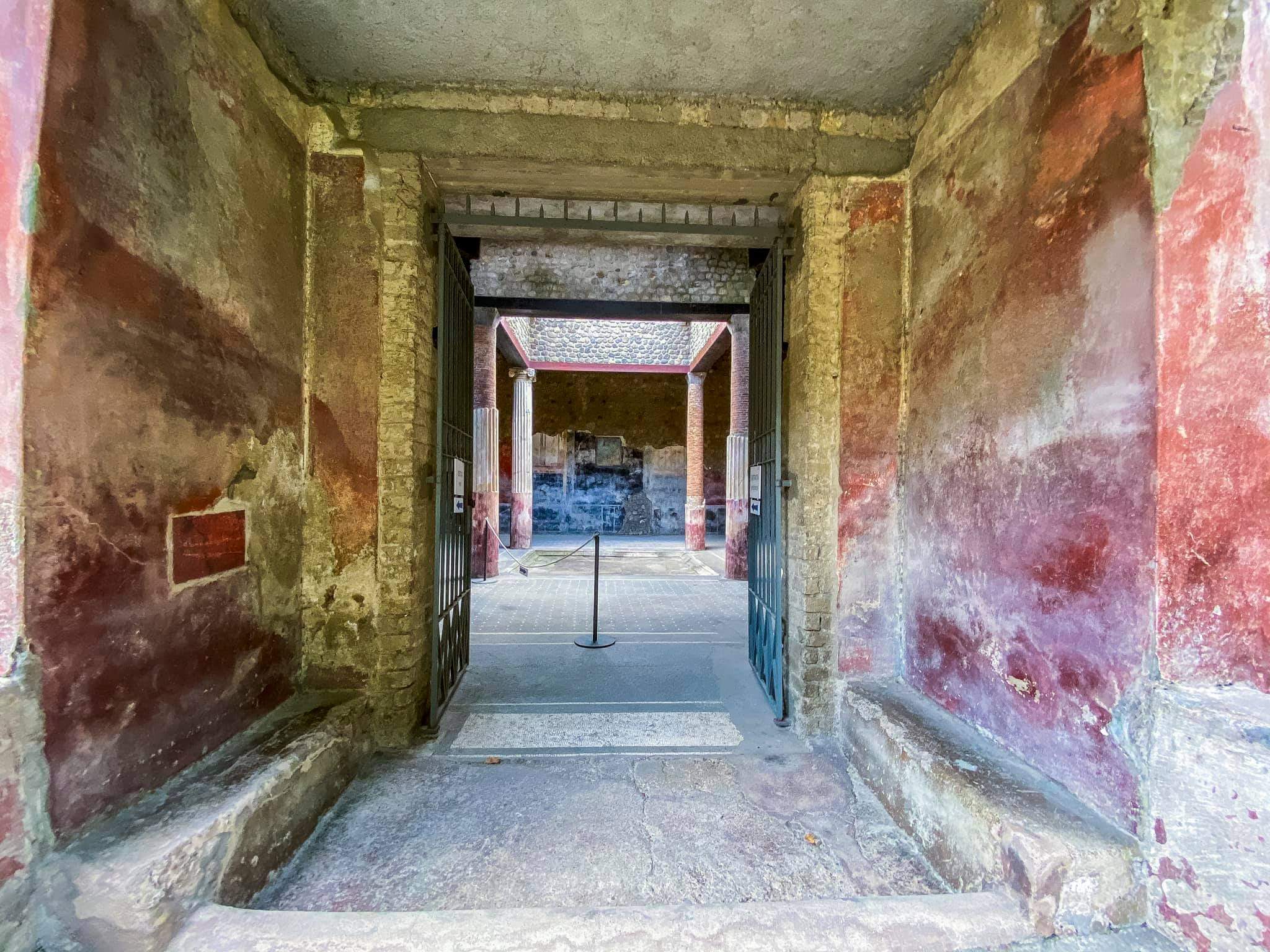
About ten years after the first archaeological campaign, Alcubierre proposed several times to Minister Tanucci to return to excavate in Stabia and finally obtained his consent in 1775. This time, the work was not through tunnels, but in the open both at Villa Arianna than in the second complex. At that time also the rustic villas of the ager stabianus were found, included in the territory of Gragnano, first of all the Villa del Filosofo. The excavation activity ended in 1782, once again to turn all attention to Pompeii.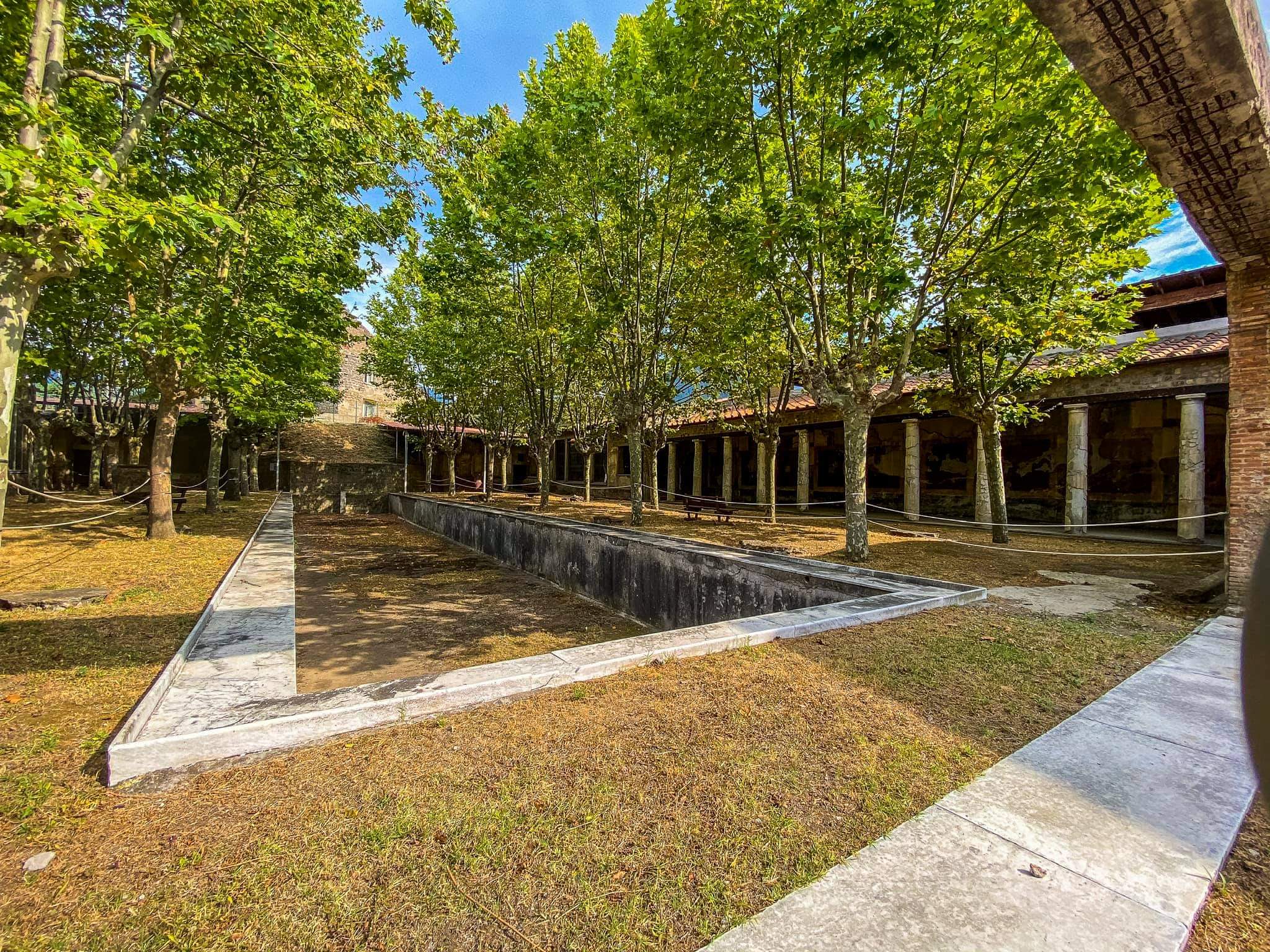
Research activities in the Stabia area resumed in 1950, thanks to the commitment of the principal of the middle school of Castellammare Libero d'Orsi. Parts of the already known villas were brought to light and Villa Petraro was discovered, then filled in again. To secure the recovered artefacts and delicate frescoes, the principal created an antiquarium in the basement of his school. For the resumption of archaeological excavations we will have to wait for the new century: in 2008 at Villa San Marco and at Villa Arianna with important new discoveries; in 2009, near Villa Arianna, a section of the road that connected the town to the beach below and a city gate emerged.
THE VILLAS OF STABIAE TO VISIT
Villa San Marco
The largest otium villa, or holiday villa, of the many that the Romans built along the beloved coasts of Campania, north and south of Neapolis: Villa San Marco. Clearly, the name is not borrowed from its history prior to 79 AD, but from a chapel dedicated to San Marco, dating back to the 17th century, which stood on the site where the Roman building was found, on the hill of Varano. At a fair depth, given that it had ended up under five meters of ashes and lapilli emitted by the most famous eruption of Vesuvius.
The villa had been built in the Augustan age and then enlarged in the Claudian age, when several new spaces were added, including the swimming pool surrounded by a magnificent garden. And in the house, which perhaps belonged to the freedman Narcissus, whose name has been found on the stamps of some tiles, there was no shortage of a comfortable spa facility and a gym.
Villa Arianna
Built in the 2nd century BC, it is one of the oldest (the first nucleus of the Villa del Pastore dates back to the 8th century BC) stabian otium villas, Villa Arianna, located at the end of the Varano hill and overlooking a magnificent panorama. Of the original building and of the numerous, subsequent extensions, eleven thousand square meters have been brought to light, mostly finely painted. The most beautiful frescoes of Stabia come from the cubicula and mostly depict scenes and divinities from mythology. Among the most famous works, the Flora, also known as Primavera di Stabiae, towers over a delightful, small painted fragment from the 1st century. Next, the Cupid Seller stands out, discovered in 1759 and immediately becoming famous, so much so that it became a source of inspiration for neoclassical art. The name by which the villa is still known derives from another wall painting found in the luxurious triclinium of the Neronian age, Ariadne left by Theseus. It was equipped with a large thermal plant, a gymnasium, a fishpond and a stable with two carts used for agricultural activities, one of which has been restored and is on display in the visit itinerary. The skeleton of a horse was also found nearby, identified as Repentinus by the name engraved in the stable. And sudden was the event that took his life.
Villa Arianna was further embellished by a majestic garden, considered the best preserved of those that have come from antiquity, as it was possible to reconstruct the entire original layout with all the variety of plants it housed.
Useful information:
Open from Tuesday to Sunday from 9:00 to 17:00 - Closed on Mondays
Full ticket: €8
Reduced ticket: €2



Comments powered by CComment